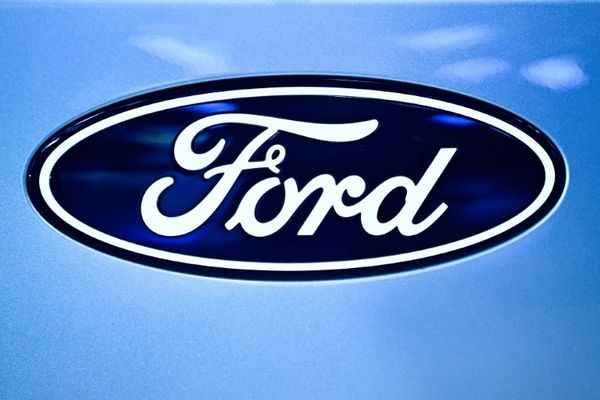EXPLAINED
The story so far: Last September, the European Commission took an important step to push smartphone makers into harmonising their mobile devices’ charging ports. The move was aimed at standardising chargers in the EU area, which in turn would reduce cost for consumers and carbon footprint left by unused cables.
“Chargers power all our most essential electronic devices. With more and more devices, more and more chargers are sold that are not interchangeable or not necessary,” Thierry Breton, EU commissioner responsible for Internal Market, said about the proposal. “We are putting an end to that.” Now, EU lawmakers and member states say they may clinch a deal by the end of the year that will make way for common charging ports, according to a report by Reuters.
A decade-long nudge to standardise begins
Mobile handsets have evolved from brick-like phones that can be used only to talk and text, to sleek and shiny-looking mobile computing devices in about a decade. These powerful devices required a lot more battery power to keep them going.
Since 2007, when the first set of iPhones were launched, technology used to charge smartphones were tweaked to adapt to the power-hungry needs of newer mobile phone variants. That led to phone manufacturers making changes to external power supply ports and plugs. Those innovative tweaks flooded the market with more than two dozen types of chargers, often varying according to the manufacturer and model.
The European Commission estimated that 30 different types of chargers were on the market a decade ago. Apart from inconveniencing consumers, these components created unnecessary electronic waste, it said. Guenther Verheugen, then the EU’s industry commissioner, called for self-regulation. He asked mobile phone manufacturers to agree on a common charging standard for smartphones.
Verheugen’s self-regulation call was heard as ten leading phone manufactures, including Apple, Samsung and Nokia, signed on a Memorandum of Understanding (MoU) to provide chargers compatible on the basis of micro-USB connector, the most prevalent charging component back then. “The days of drawers full of useless old mobile phone chargers will soon be over,” Malcolm Harbour, U.K. Conservative Member of the European Parliament, said about the MoU.
A lightning rod
But the win for Verheugen was short-lived as Apple introduced its proprietary ‘Lightning’ charger in 2012. The Cupertino-based company introduced iPhone 5 with its new port and connector, which was not part of the agreed micro-USB connector. Further, there were complaints that it charged buyers €20 more for the equipment.
Apple had used a loophole in the MoU, which allowed it to sell its own connector if it offers an adaptor. That means the adaptor can be used to charge with a common charger, micro-USB. Apple’s workaround irked Brussels and the MoU ended in 2012. As the self-regulation option did not work, the commission has set out on a legislative journey.
In 2019, the competition commission kicked off an impact study to evaluate the cost and benefits of common chargers for portable devices. As part of the assessment, it has proposed to harmonise charging ports and fast charging technology, and unbundle sale of chargers from sale of devices.
Brussels’ end-game
The Brussels-headquartered organisation’s move was targeted at cutting down roughly 11 Mt of e-waste generated by disposed of and unused chargers. It estimates that the unbundling alone will reduce the amount of electronic waste by 980 tonnes annually. It also seeks to assuage consumers’ concerns about the cost of buying standalone chargers, which it estimates at €2.4 billion annually for the bloc.
While the commission’s plan may not effectively solve the cost issue for consumers, it could throw a spanner in the works for Apple in Europe. The iPhone maker’s European market share for the quarter ending March 2021 was 28%, according to Counterpoint research. During the same quarter, Samsung has a four-percentage point lead over the U.S. company.
The legislation could also hurt Apple’s product design strategy as the company has been gradually sealing up its iPhone with no way for users to insert a charger into it. With the proposed rule, the smartphone maker may have to rethink its device’s design. On the consumer cost issue, the effect of unbundling may not be passed on to end users. This is evident in Apple’s sale of its latest smartphones. Even without the charger, the company sold its newest iPhones at the usual price bands. So, without a price sealing legislation it is hard to drive down the cost for end users.
- The European Commission has put forward a proposal to push smartphone makers into harmonising their mobile devices’ charging ports
- However, Apple backtracked by exploiting a loophole in the MoU which led to the European commission taking the legislative route
- The legislation could also hurt Apple’s product design strategy as the company has been gradually sealing up its iPhone with no way for users to insert a charger into it. With the proposed rule, the smartphone maker may have to rethink its device’s design







